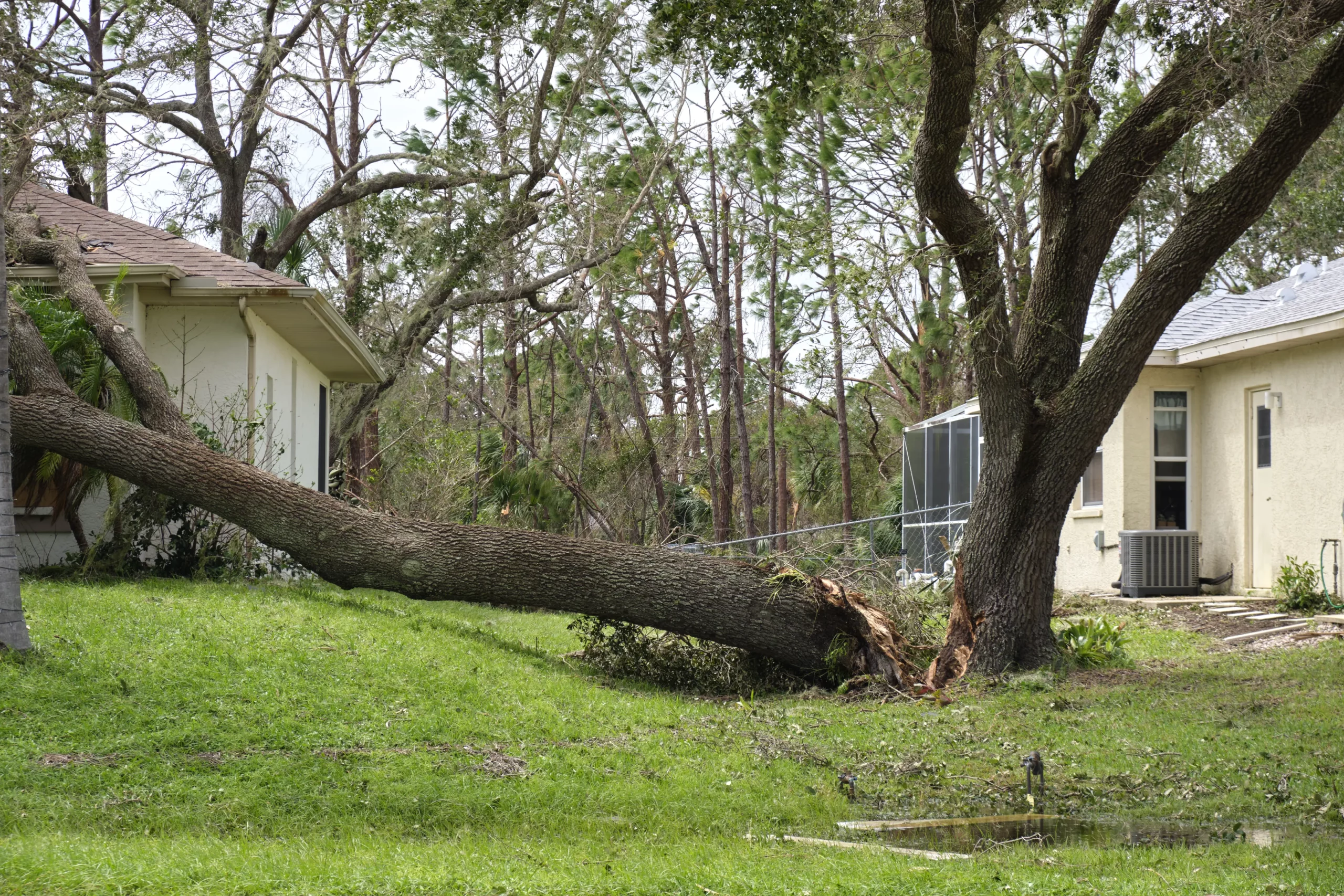Tree Hazard Evaluations
What is a Tree Hazard Assessment?


What is the hazard rating system for Trees?
While it is not possible to know every risk involved with every tree, there is a further qualification (available from the International Society of Arboriculuter (ISA) known as TRAQ) that a Certified Arborist can complete that covers the steps providing a systematic and structured approach to assess the risks and developing a plan to manage the same.
These steps are based in science and arboriculture, and are not driven by aesthetics and simple client desire when suggesting removal of a high risk tree.
Risk assessment is not always necessary, but when it is - be sure that you are dealing with an Arborist with the TRAQ qualification. Caldwell Tree Care has several on staff.
Hazardous tree
What are the indicators of a hazardous tree?
Visible damage
This includes cracks, splits, or cavities in the trunk, large broken or hanging branches, and other visible signs of decay or damage.
Dead or dying branches
Dead branches, especially those near the top of the tree, can be a sign of poor health or structural instability.
Root damage
Damage to the root system, such as from construction, erosion, or disease, can compromise the tree's stability and make it more likely to fall.
Poor architecture
Trees with poor architecture, such as a leaning trunk or an unbalanced canopy, may be more prone to failure.
Disease or insect infestation
Certain diseases and insect infestations can weaken a tree and make it more likely to fail.
Proximity to targets
A tree that is close to a target, such as a building, road, or power line, may be more likely to cause damage if it falls.
Age
Older trees may be more prone to structural defects and decay, making them more likely to fail.
